How two 1960s strikes shaped NYC’s newspaper culture forever
The entire saga unfolds right here
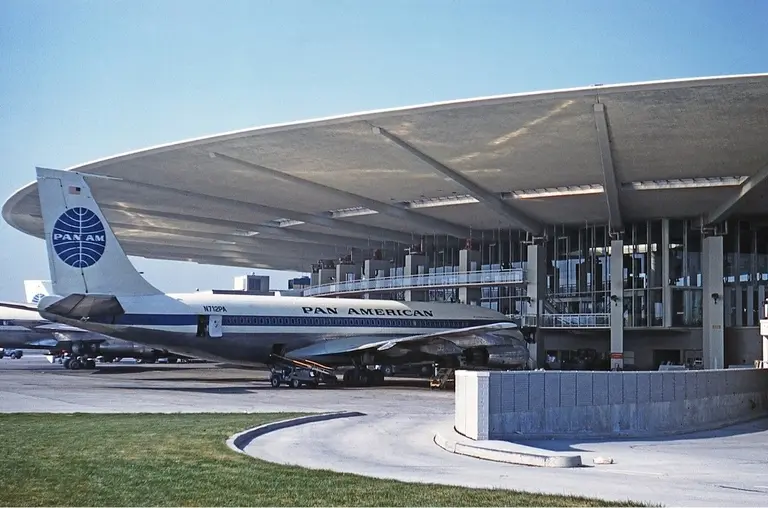
Pan Am Boeing 707-100 via Wikipedia
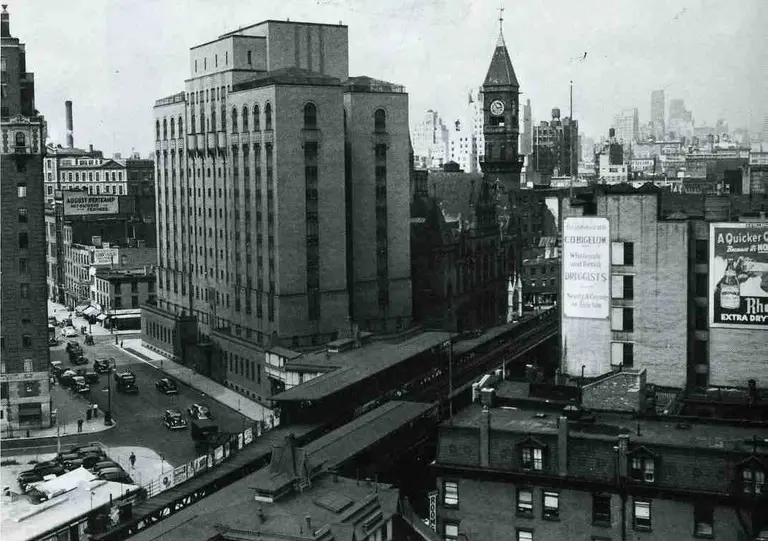
A 1938 photo showing the Women’s House of Detention south of the Jefferson Market Courthouse, via NYPL
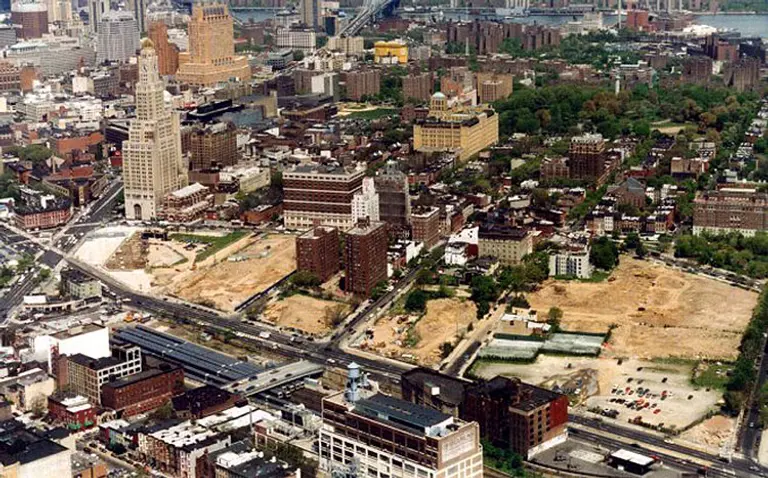
The Atlantic Yards (now known as Pacific Park) in Brooklyn where eminent domain was used to take property. Image via Atlantic Yards Report

Photo by Garry Winogrand via Worcester Art Museum
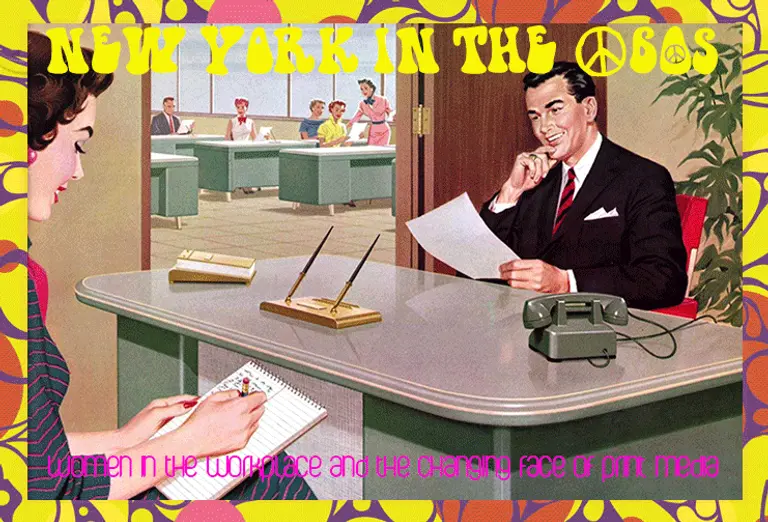
Image via wackystuff/Flickr
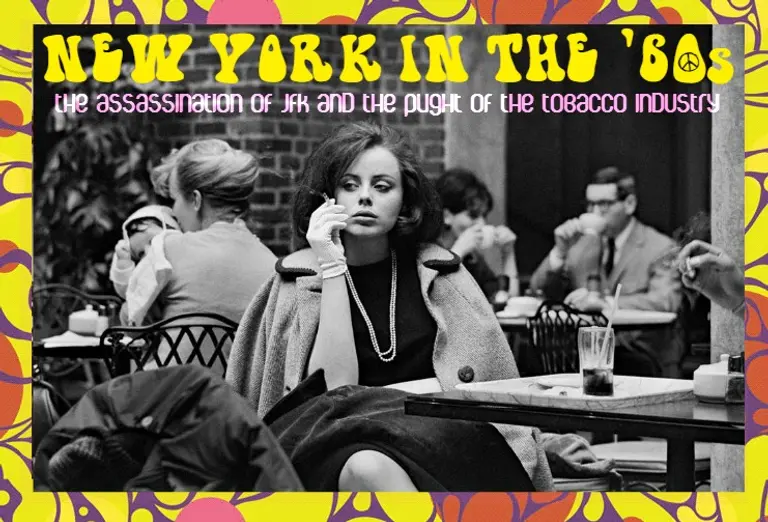
“New York in the ’60s” is a memoir series by a longtime New Yorker who moved to the city after college in 1960. From $90/month apartments to working in the real “Mad Men” world, each installment explores the city through the eyes of a spunky, driven female. In the first two pieces we saw how different and similar house hunting was 50 years ago and visited her first apartment on the Upper East Side. Then, we learned about her career at an advertising magazine and accompanied her to Fire Island during the warm summer months. Our character next decided to make the big move downtown, but it wasn’t quite what she expected. Now she’ll take us through how the media world reacted to JFK’s assassination, as well as the rise and fall of the tobacco industry.
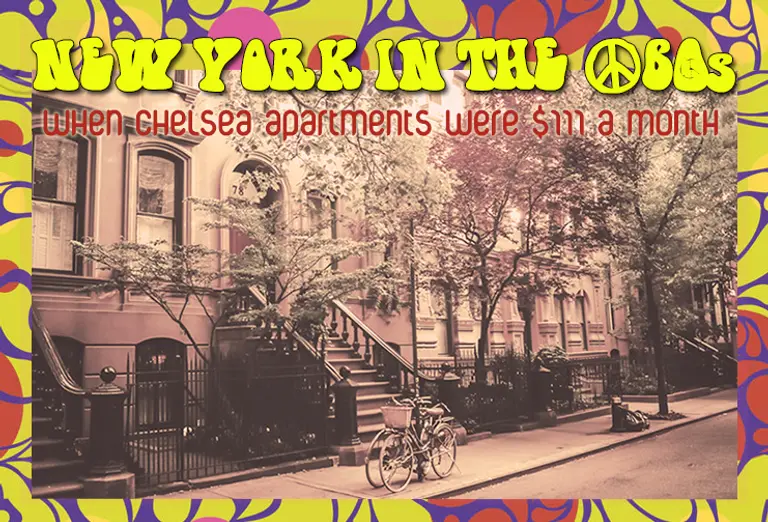
Photo via NY Through the Lens
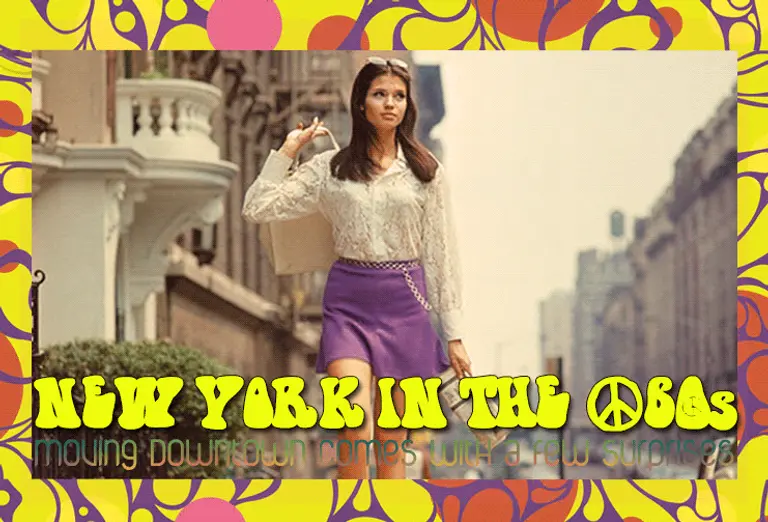
Our series “New York in the ’60s” is a memoir by a longtime New Yorker who moved to the city after college in 1960. Each installment will take us through her journey during a pivotal decade. From $90/month apartments to working in the real “Mad Men” world, we’ll explore the city through the eyes of a spunky, driven female. In our first two installments we visited her first apartment on the Upper East Side and saw how different and similar house hunting was 50 years ago. Then, we learned about her career at an advertising magazine… looking in on the Donald Drapers of the time. In our fourth installment, we accompanied her to Fire Island during the warm summer months. Now, our main character decides to make the big move downtown, but it’s not quite what she expected.
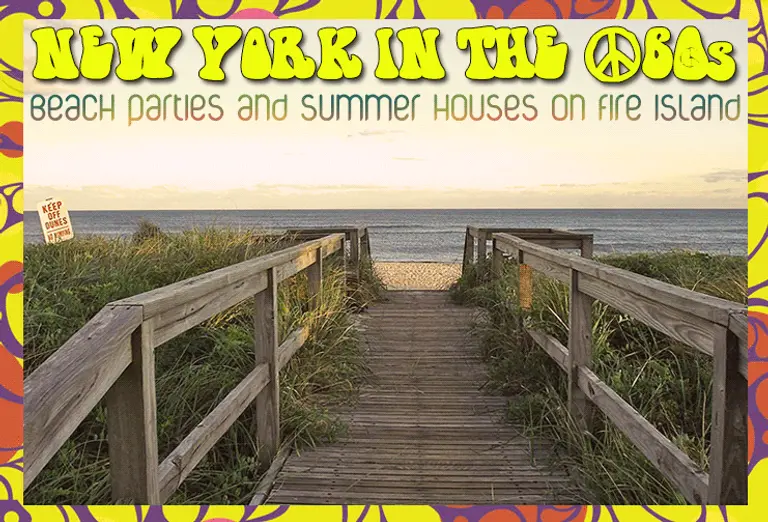
Our series “New York in the ’60s” is a memoir by a longtime New Yorker who moved to the city after college in 1960. Each installment will take us through her journey during a pivotal decade. From $90/month apartments to working in the real “Mad Men” world, we’ll explore the city through the eyes of a spunky, driven female. In our first two installments we visited her first apartment on the Upper East Side and saw how different and similar house hunting was 50 years ago. Then, we learned about her career at an advertising magazine… looking in on the Donald Drapers of the time. Now, in our fourth installment, we accompany her to Fire Island during the warm summer months.
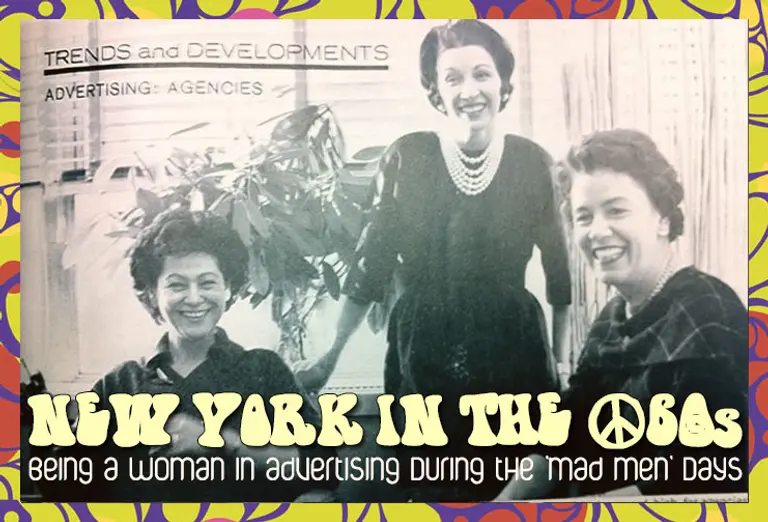
Our series “New York in the ’60s” is a memoir by a longtime New Yorker who moved to the city after college in 1960. Each installment will take us through her journey during a pivotal decade. From $90/month apartments to working in the real “Mad Men” world, we’ll explore the city through the eyes of a spunky, driven female. In our first installment, we went house hunting with the girl on the Upper East Side, and in the second, we visited her first apartment and met her bartender boyfriend. Now, we hear about her career at an advertising magazine… looking in on the Donald Drapers of the time.
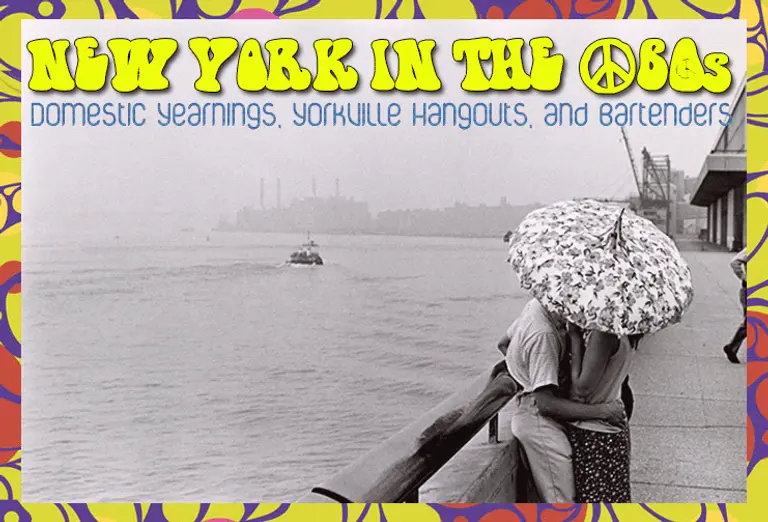
Our series “New York in the ’60s” is a memoir by a longtime New Yorker who moved to the city after college in 1960. Each installment will take us through her journey during a pivotal decade. From $90/month apartments to working in the real “Mad Men” world, we’ll explore the city through the eyes of a spunky, driven female. In our first installment, we went apartment hunting with the girl, and now that she’s moved in on the Upper East Side, we learn how she went about decorating her first NYC apartment, her favorite haunts of early 1960s Yorkville, and her bartender boyfriend.
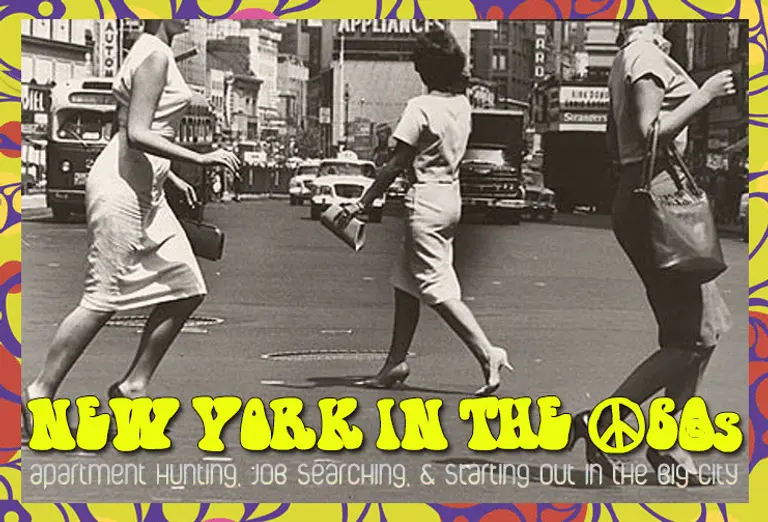
Our new series “New York in the ’60s” is a memoir by a longtime New Yorker who moved to the city after college in 1960. Each installment will take us through her journey during a pivotal decade. From $90/month apartments to working in the real “Mad Men” world, we’ll explore the city through the eyes of a spunky, driven female. In this opening installment, we go on her first apartment and job hunting adventures.
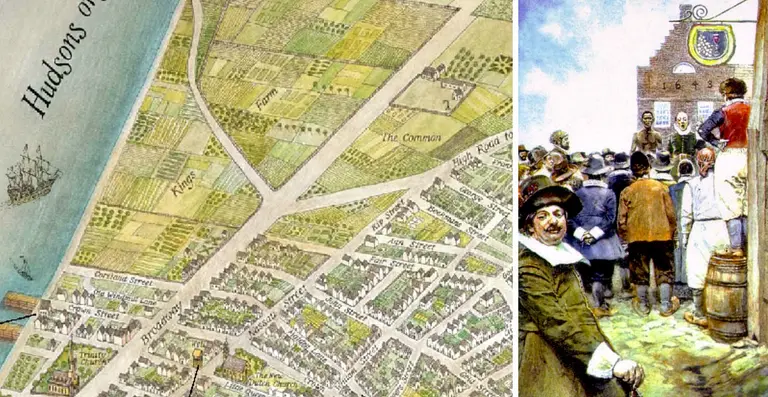
Map of freedmen’s farmland via Slavery in New York (L); Harper’s Magazine illustration of the New York City slave market in 1643 (R)